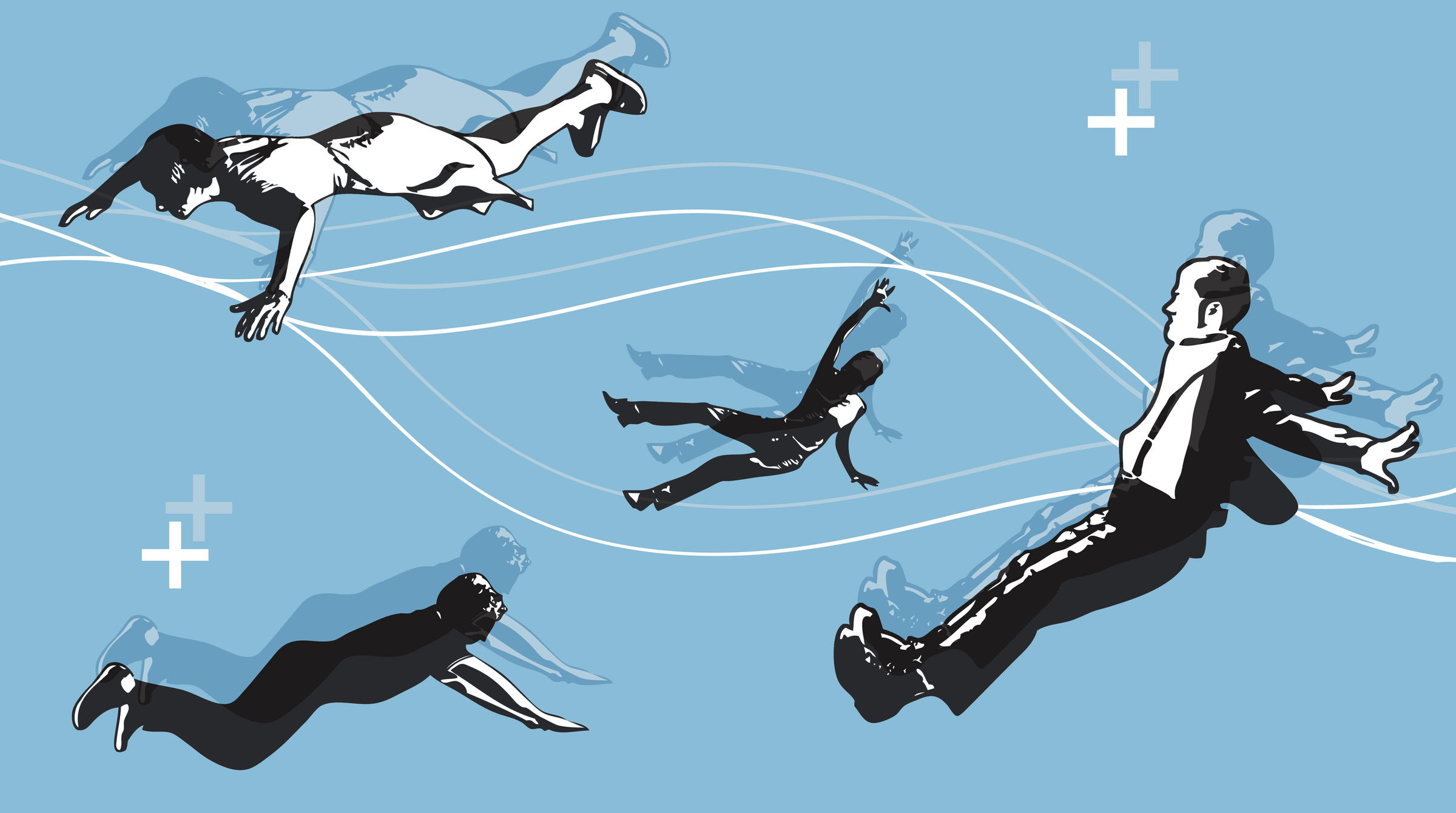
Weakness in the lower body from too little activity or limited range of motion and stiffness due to aging.
LEAD COBLYN THE FOOT FALLS HOW TO
LEAD COBLYN THE FOOT FALLS PLUS
The subtalar joint accounts for a large portion of the inversion and eversion range of motion of the hindfoot, plus determines how the tibia and femur bones of the legs are lined up. The body moves in one continuous kinetic chain, which depends on the position of the subtalar joint. Rotation of the feet helps provide shock absorption in the lower half of the body and keeps correct form/posture through the pelvis and spine. The gait cycle takes place as the body moves forward. The definition of pronation is “the rotation of the medial bones in the midtarsal region of the foot inward and downward, so that in walking the foot tends to come down on its inner margin.”Īlthough no one’s body is perfectly symmetrical and balanced, and therefore some over- or underpronation is considered normal, too much pronation in either direction affects the normal gait cycle. Because these affect the entire “kinetic chain” of the body, they can alter how the body’s weight is distributed and shock is absorbed during movement.


Today, a key focus of physical therapists, personal trainers, coaches and other practitioners who treat muscular compensations is identifying and correcting moderate to severe cases of overpronation problems (such as foot flattening) or those due to underpronation/excess supination (like having high arches). Over- or underpronation during exercise or while playing sports can raise your risk for experiencing injuries, since pronation affects how you stand, run and distribute your body weight. People could be searching for low back pain relief without even understanding the source of the pain is the foot. These problems begin in the arches of the feet and heels but often spread up to the calves, ankles, knees and even back. All of these contribute to changes in soft tissue structures of the feet, including loosened joints that cause foot bones to shift.Ĭonsidering our feet are usually the only point of contact we have with the ground, it’s not that surprising to learn that pronation abnormalities of the feet are common source of aches and pains. Overpronation is such a prevalent problem due to people wearing unsupportive shoes, having weak legs and walking on flat, hard surfaces. To one degree or another, collapsed arches may now affect the majority of the adult population living in industrialized nations. Pronation deviations that occur at the feet and ankles - called overpronation or underpronation (also known as supination) - are some of the most common underlying postural problems that adults develop.


woman with red pedicure massaging trigger points on her foot The selected studies discuss various relevant questions related to podiatric intervention, including adherence to intervention preference and perception of older adults in selecting footwear benefit of insoles, footwear, and nonslip socks in preventing falls fear of falling related to foot problems benefit of podiatric surgical intervention and benefit of foot and ankle exercise in preventing falls.Foot step on massage ball to relieve Plantar fasciitis or heel pain. Published in this special issue of JAPMA are nine high-quality articles, including seven original studies and two basic science reviews, focusing on the benefit and impact of footwear and foot and ankle interventions in reducing the risk of falling. However, these guidelines do not specify which intervention activities might be performed. Given the age-related decline in foot strength and flexibility, and the emerging evidence that foot problems increase the risk of falls, established guidelines for falls prevention recommend that older adults have their feet examined by a podiatrist as a precautionary measure.


 0 kommentar(er)
0 kommentar(er)
